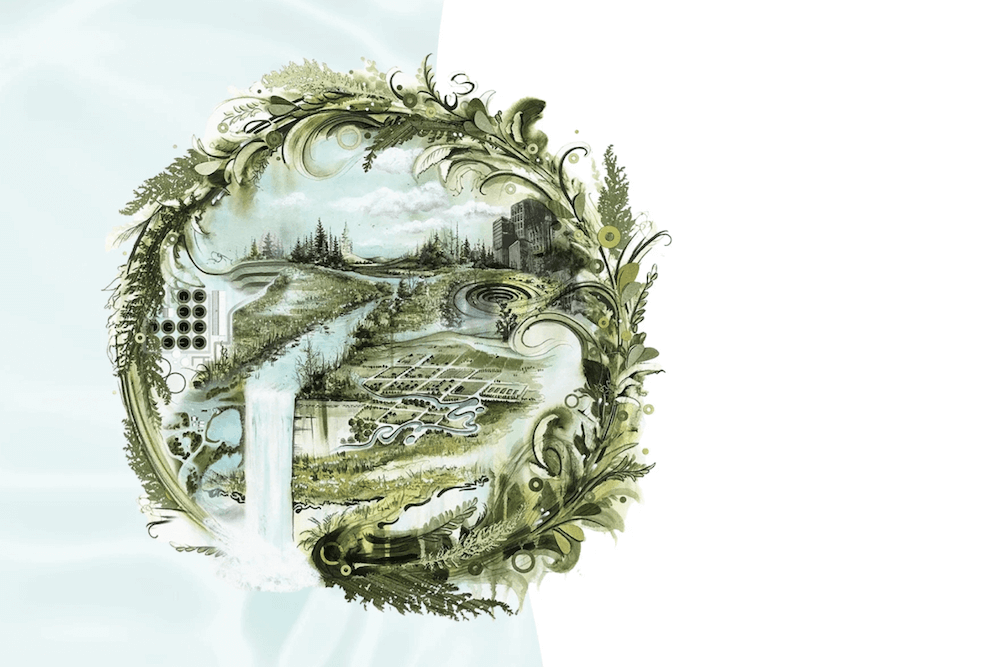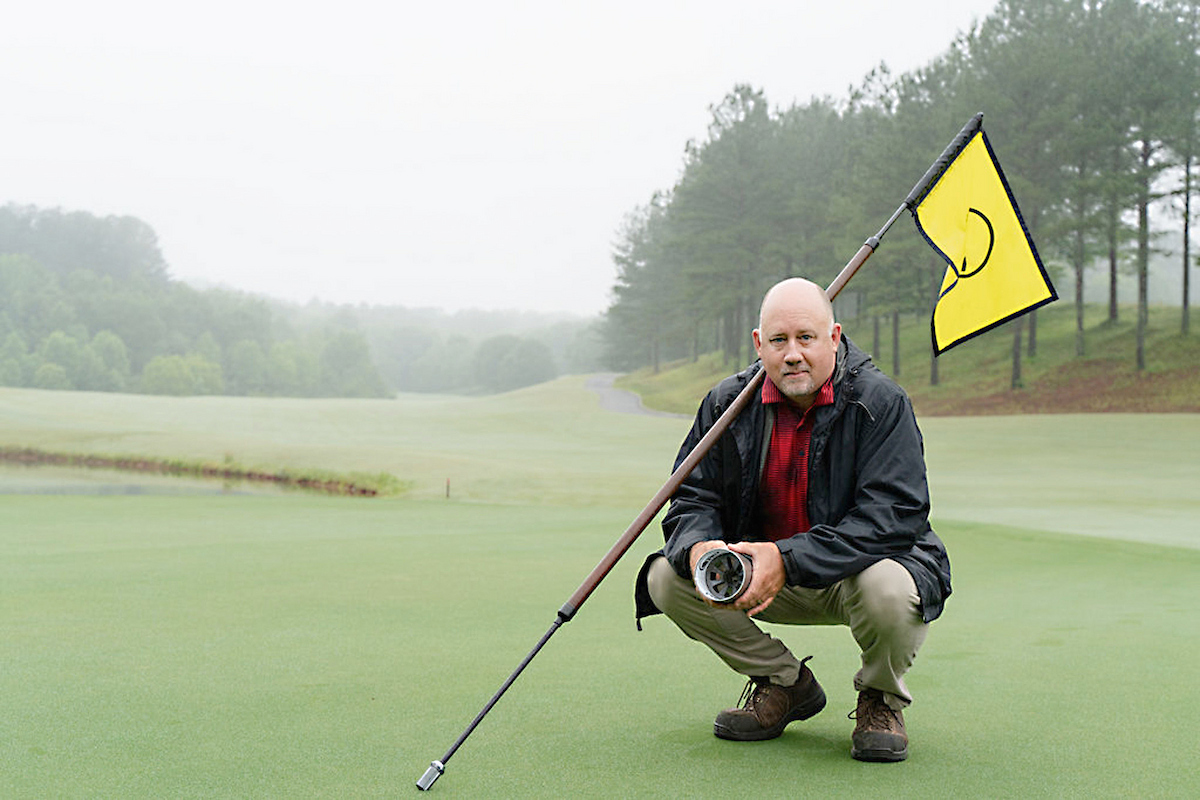Admit it. You really want the “Yard of the Month” award.
But you worry that all those chemicals to keep the bugs at bay
may damage the environment. Well, now you can have the best of
both worlds: a beautiful yard that protects natural resources and
even costs less to maintain.
|
|
|
Georgia Master Gardener Coordinator Bob |
“Best Management Practices for Georgia Gardeners,” a new manual
from the University of Georgia Center for Urban Agriculture,
teaches how to maintain your landscape and protect water
quality.
BMPs are commonsense, economical practices UGA scientists have
developed to help minimize fertilizer and pesticide use in the
home landscape. They were designed to protect Georgia waterways
from nonpoint source pollution, the technical term for
contamination by runoff from uncountable sources.
Higher Pesticide Levels
Water quality studies show that urban watersheds contain higher
pesticide levels than rural streams. Landscapers must have a
license to apply chemicals. But not homeowners, who often apply
the notion, “If a little is good, more must be better.”
The National Academy of Sciences reports that homeowners use more
chemicals per acre on their lawns than farmers use on their
lands. And a 1999 survey found that 76 percent of Georgia
homeowners maintain their own landscapes.
UGA Extension Service agents say half the diseased plants they
see are the result of improper watering, poor soil and bad
siting.
Theory Behind BMPs
So BMPs follow the theory that a healthy plant, like a healthy
person, can resist diseases and pests. Among the healthy
practices:
- Place the right plant in the right place. Putting
shade-loving plants such as azalea in full sun stresses them,
making them targets for insect pests and diseases. And homeowners
try fixing the problem with pesticides. - Some plants just tolerate pests better. If a plant in your
landscape has become a five-star restaurant for insect pests,
replace it, so you won’t have to cope with perennial
infestations. - Group plants by water needs. Called Xeriscape gardening, this
can save you 50 percent on watering costs. It helps prevent
overwatering some plants and underwatering others, too. And
during watering restrictions, it can save a landscape. - Know your plants’ and turf’s fertilizer and water needs.
Fertilizing a dormant grass is wasting time and money. Applying
fertilizer before a storm will guarantee its entry into the local
watershed. It’s best to water before sunrise when it’s cooler and
less windy, and before the dew has dried. Extending the dew makes
diseases more likely. - Learn when and how much to mow and prune. Mow grass so you
remove no more than one-third of the height. Scalping grass
stresses it, dries it out and promotes insect pests such as
chinch bugs. And trying to prune a 10-foot shrub to fit under a
3-foot window may invite diseases. - Don’t kill the good bugs. Before you grab the pesticide,
learn the difference between beneficial insects and pests. In
nature, only about 3 percent are pests. In a well-balanced
ecosystem, like a classic movie, the good guys beat out the bad.
Look around your yard often. Know what bugs are out there, and
protect your helpers. Even if pests are feasting on your favorite
rose, nontoxic alternatives may be effective. - Give nature a hand. Pitch those banana peels and yard
trimmings into a wire bin and help nature recycle them. It’s so
simple. Just turn the pile and water it every few weeks, and
presto: soil amendment and mulch at no cost in about six months.
A 3- to 5-inch layer of mulch suppresses weeds and reduces soil
erosion and the need for herbicides.
So go for it. Amaze your neighbors. Be a good steward of
Georgia’s environment by using BMPs in your garden. Learn about
home-garden BMPs on the Web at
www.griffin.peachnet.edu/garden. Or get the manual by calling
(770) 229-3367.




